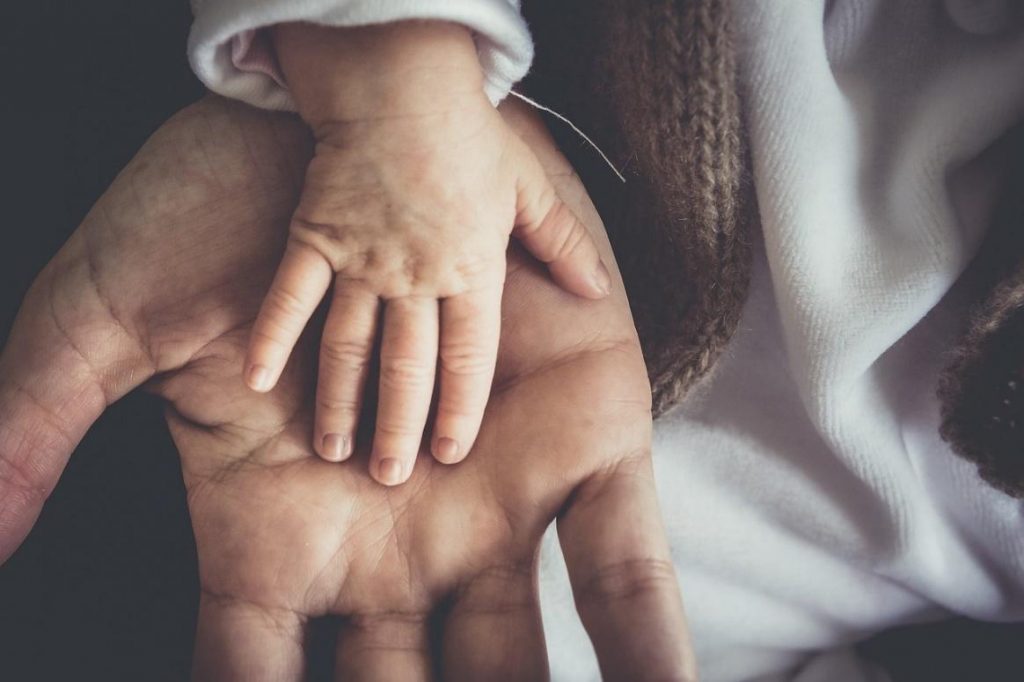How do we learn to love?
Is it something we are born knowing how to do?
Love, security and attachment are intrinsic parts of our human experience. Each of us is born needing and craving love and nurturing.
Our brains are hardwired for love; our neurocircuitry depends on it for healthy development. As babies, the physical touch of our parents initiates a complex developmental task that makes our bodies and minds stronger and more resilient and teaches our developing brains to trust.
Healthy attachment in early life has been linked to stronger cognitive, behavioral and emotional outcomes compared to those who experience neglect in early childhood.
How Parents and Caregivers Nurture:
Infants and young children who are raised in supportive, attentive attachment environments often experience similar types of care in important ways. Healthy attachment environments for infants are all about touch, access to food and attendance to emotional distress.
Physical touch:
Infants who have physical touch from their parents or caregivers have better outcomes than those who do not.
The touch of a caring person in infancy actually strengthens neurological pathways. Hormones such as cortisol (stress hormone) are lower in infants who have caregiver touch.
An important attachment hormone called oxytocin increases when infants receive the caring touch of a parent. Oxytocin is responsible for the feeling of wellbeing and closeness to others.
Eye contact:
When infants and babies learn to make eye contact with caregivers, this is another important developmental task. It boosts attachment abilities throughout life.
Making eye contact with parents establishes a sense of belonging, particularly when accompanied by loving touch.
Responding to needs:
During infancy, crying is our main source of communicating our needs. Babies who have attention and care when crying learn early on that their needs are important.
Conversely, babies who do not get the attention they need when they cry learn that their needs are not a priority. In these circumstances, the infant eventually withdraws into themselves and become less expressive.
The basic understanding of not being adequately cared for is interpreted and this can become the platform by which an entire lifetime of disconnection and withdrawal stem.
Attachment in early life predicts the ways in which we perceive the world and interpret our involvement with others.
To feel loved is a basic human need. It is through our early experiences that we learn that we are worthwhile and loveable.
We learn the lessons of attachment before we are even able to consciously process what it means. During childhood, we are at the mercy of our parents and caregivers to provide this basic need.
If this need isn’t met when we are children, it makes it difficult to trust others and to feel a sense of security in the world. People who have not had good attachment models in childhood can learn healthy attachment later on in life, but it is more complex and takes a great deal of patience and time.
Attachment therapy can be helpful to ensure that parents are giving their children what they need emotionally and developmentally.
Later in life, exploring early patterns of attachment can help adults work through challenges with trust, disconnection and self-esteem issues.
